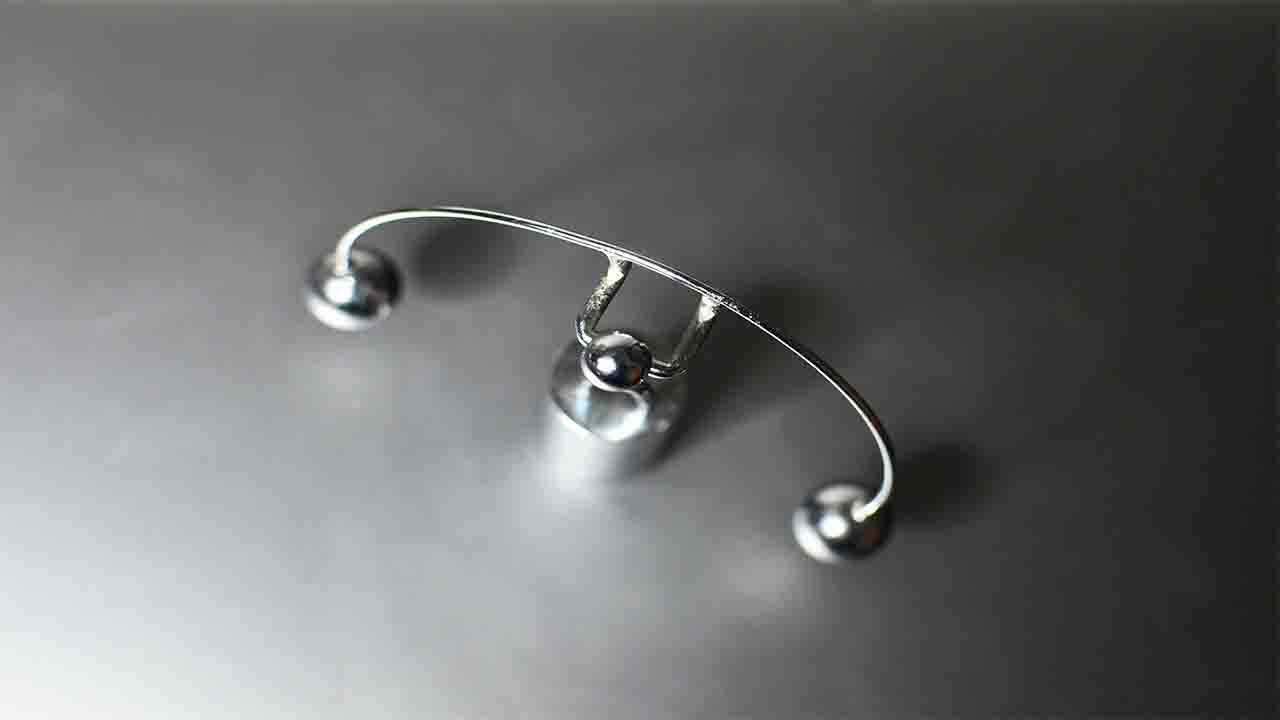Science & Technology, UK (Commonwealth Union) – The fundamental science that seeks to understand the behavior of matter and energy, is divided into two major realms: classical and quantum physics. Classical physics, developed over centuries, provides a framework to understand the macroscopic world, while quantum physics delves into the mysterious and counterintuitive realm of the microscopic. Despite their seemingly disparate natures, these two branches of physics are deeply interconnected, forming the foundation of our understanding of the universe.
The perennial quest to pinpoint the boundary between classical and quantum physics stands as one of the enduring endeavors in modern scientific exploration. In a groundbreaking study unveiled recently, scientists introduce an innovative platform poised to illuminate this elusive frontier.
At the heart of this inquiry lie the laws of quantum physics, governing the behavior of particles at infinitesimal scales. Here, phenomena like quantum entanglement perplexingly intertwine the properties of particles in a manner defying classical explanation.
Advancements in quantum physics not only bridge gaps in our understanding but also offer a more comprehensive view of reality. Yet, the diminutive scale at which quantum systems operate poses formidable challenges to observation and analysis.
Over the last century, physicists have progressively probed quantum phenomena in ever-larger entities, spanning from subatomic particles like electrons to molecules encompassing thousands of atoms.
Researchers of the study indicated that in recent times, the burgeoning field of levitated optomechanics has aimed to extend this exploration further. By manipulating high-mass micron-scale objects within a vacuum, researchers seek to scrutinize the validity of quantum principles in entities significantly heavier than atoms and molecules. However, as objects increase in mass and size, the delicate quantum interactions that underpin phenomena like entanglement are increasingly susceptible to environmental interference, yielding classical behaviors.
Now, a collaborative effort spearheaded by Dr. Jayadev Vijayan, Director of the Quantum Engineering Lab at The University of Manchester, alongside scientists from ETH Zurich and theorists from the University of Innsbruck, presents a novel approach to surmount this obstacle. Conducted at ETH Zurich and detailed in the journal Nature Physics, their experiment marks a significant stride forward in the quest to discern the boundary between classical and quantum realms.
Dr. Jayadev Vijayan, leading the Quantum Engineering Lab at The University of Manchester, emphasizes the necessity of preserving quantum phenomena at larger scales to elucidate the classical-quantum transition. He outlines two approaches: suppressing noise or enhancing quantum features, both critical for maintaining coherence amidst environmental interference.
“Our research demonstrates a way to tackle the challenge by taking the second approach. We show that the interactions needed for entanglement between two optically trapped 0.1-micron-sized glass particles can be amplified by several orders of magnitude to overcome losses to the environment.”
The scientists positioned the particles amidst two highly reflective mirrors, creating an optical cavity. This arrangement ensured that photons scattered by each particle underwent multiple reflections between the mirrors before exiting the cavity, greatly enhancing the likelihood of interaction between particles.
Johannes Piotrowski, co-lead author from ETH Zurich, highlighted, the fact that what was striking is that due to the mediation of optical interactions by the cavity, their strength remains unaffected by distance. This enabled them to couple micron-scale particles across several millimeters.
Furthermore, the researchers demonstrated precise control over interaction strength by adjusting laser frequencies and particle positions within the cavity.
These findings mark a significant advancement in fundamental physics understanding, with potential applications in sensor technology for environmental monitoring and offline navigation.
“The key strength of levitated mechanical sensors is their high mass relative to other quantum systems using sensing. The high mass makes them well-suited for detecting gravitational forces and accelerations, resulting in better sensitivity. As such, quantum sensors can be used in many different applications in various fields, such as monitoring polar ice for climate research and measuring accelerations for navigation purposes,” explained Dr Carlos Gonzalez-Ballestero, a collaborator from the Technical University of Vienna.
Piotrowski expressed enthusiasm, further indicating that exploring this emerging platform and pushing its boundaries into the quantum realm is encouraging.
Now, the researchers aim to integrate these novel capabilities with established quantum cooling methods, advancing towards the validation of quantum entanglement. The successful entangling of levitated nano- and micro-particles may close the gap between the quantum realm as well as the classical mechanics in daily life.
At The University of Manchester’s Photon Science Institute and Department of Electrical and Electronic Engineering, Dr. Jayadev Vijayan’s team will persist in their work on levitated optomechanics, leveraging interactions among multiple nanoparticles for quantum sensing applications.








